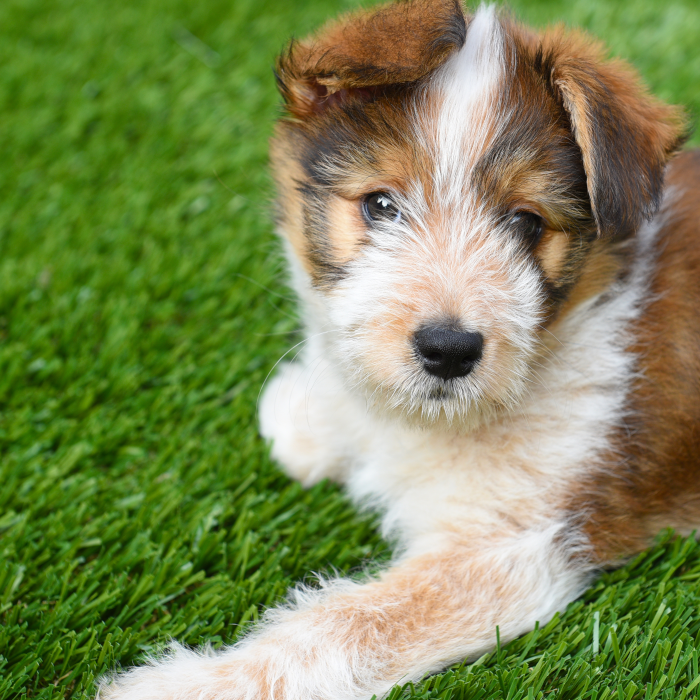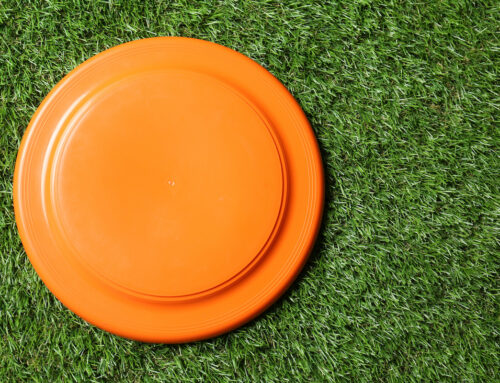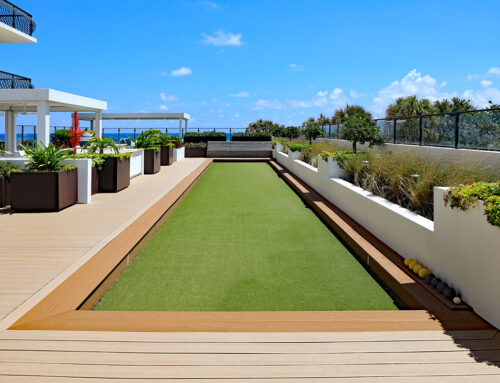Last Updated on February 18, 2021 by ReTurf
We have posted a few articles regarding artificial turf with dogs, but in this one, we will focus on three primary tips to ensure you are headed in the right direction with your artificial pet yard project.
Planning
While planning will include the most basic of necessities; designating space, prep, materials needed, and the like – what we really want to focus on is the drainage layer. Depending on the turf type, you may need to incorporate an extra drainage layer to help keep the area clean and odor-free. Without great drainage, waste and their adjoining odors can get trapped and make for an unpleasant situation.
It is best to fully understand what type of turf you are starting with, some are designed for exceptional drainage and some are not. This varies by manufacturer and the turf’s original intended use. Once you know this for your specific turf product you can then begin to plan how the drainage base layer needs to be developed. It can be a combination of natural elements installed in layers beneath the turf (compacted stone or pug mix ) or you may need an additional turf drainage product – such as a drainage panel designed for artificial turf installations.
Heat
Modern artificial turf developed and made in the USA does not use toxic materials, at the same time – pests do not find artificial turf a welcoming environment – these aside, heat is something to consider in certain climates. Artificial turf can get hot in warm climates, especially those exposed to direct sunlight, in these sun-belt areas. Another consideration is windows or glass doors on the house that can reflect and concentrate heat on artificial turf causing it to get uncomfortable, and in extreme cases – even damaged.
Professional grade artificial turf does contain UV stabilizers that help it take the beating from daily exposure to the sun, and as you know – there are plenty of open-air stadiums that utilize artificial turf without issue. But, in those certain climates where heat is extreme, be sure to plan for this by utilizing shade and avoiding any concentration of the sun’s rays on the surface via reflection or direct exposure.
Cleaning
Cleaning artificial turf that is being utilized by dogs will become a regular routine. Thankfully this is usually as simple as picking up solid waste and hosing down liquids. Over time, you will want to mix in a light detergent scrub to help remove any build-ups within the turf. Another great product to add to your quarterly cleaning regiment is an enzyme cleaner. There are many specifically made for dog waste odors.



